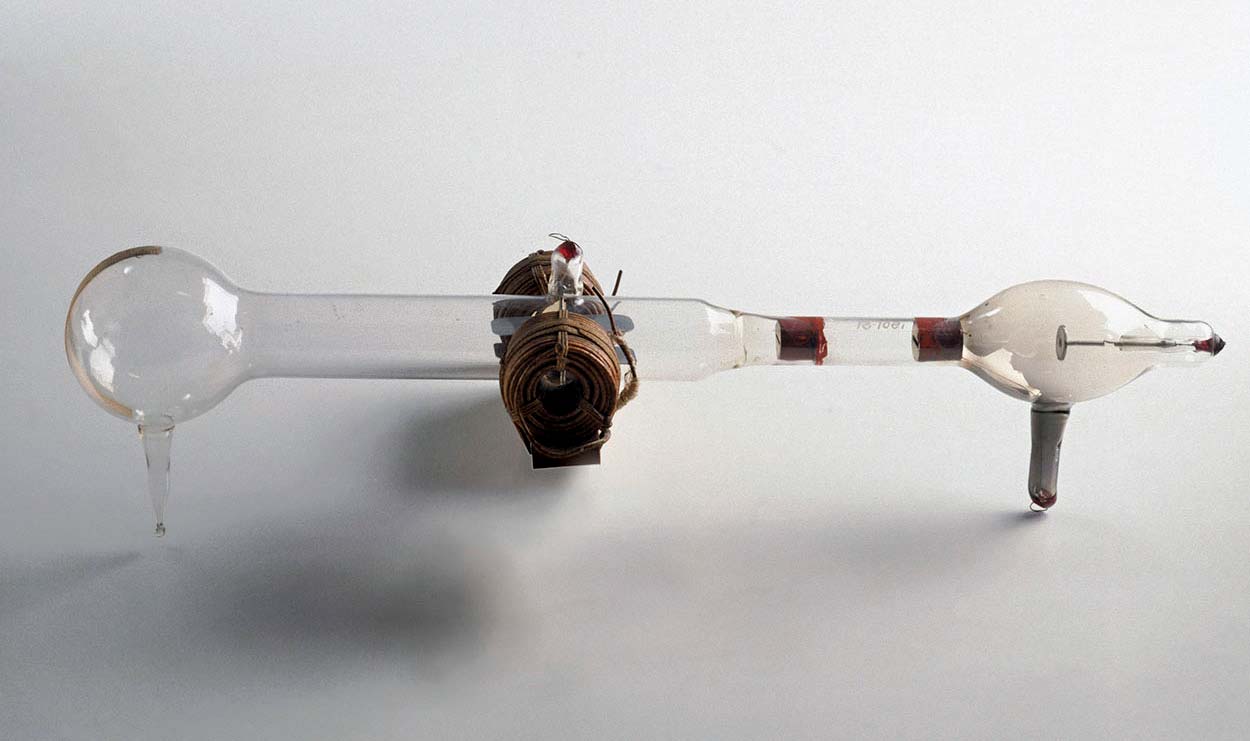In the adjacent circuit find: (i) the current in resistor R, (ii) resistance R, (iii) the unknown emf E, (iv) if the circuit is broken at P, what is the current in resistor R?
(i) the current in resistor R,
(ii) resistance R,
(iii) the unknown emf E,
(iv) if the circuit is broken at P, what is the current in resistor R?
Solution:
(i) Using Kirchhoff's junction rule,
At junction a, \[\begin{align*} I_1+I_2&=I_3\\ I_1&=I_3-I_2\\ &=6-4\\ \therefore I_1&=2 \hspace{0.1cm} A\\ \end{align*}\] Hence, the current in resistor R is 2 A .
(ii) Using Kirchhoff's loop rule,
In loop cdefc,
\[\begin{align*} -I_1\times R_1 + E_1 - I_3 \times R_3 &=0\\ -2 \times R + 28 - 6\times 3&=0\\ -2 \times R + 28 - 18 &=0\\ -2\times R + 10&=0\\ \therefore R&=5 \hspace{0.1cm} \Omega\\ \end{align*}\] Hence, the resistance R has a value 5 Ω .
(iii) Using Kirchhoff's loop rule,
In loop cdabc,
\[\begin{align*} -I_1 \times R_1 + E_1 - E + I_2\times R_2&=0\\ -2 \times R + 28 - E + 4\times 6&=0\\ -2 \times 5 + 28 - E +24&=0\\ \therefore E&=42 V\\ \end{align*}\] Hence, the value of unknown emf E is 42 V .
(iv) If the circuit is broken at P, ( You may even use simple Ohm's law in this case but as we are studying Kirchhoff's law, let be more familiar with it. )
Don't be confused here! Resistances will have same value but as we break the circuit at P, the value of current changes. Throughout the whole circuit, same current flows as the resistances R i.e., 5 Ω and 3 Ω are in series combination. (Law of conservation of charge right?).
Using Kirchhoff's loop rule,
In loop cdefc,
\[\begin{align*} -I \times R + E_1 - I\times R_3&=0\\ -I\times 5 + 28 - I\times 3&=0\\ 28-8I&=0\\ I&=3.5 \hspace{0.1cm} A\\ \end{align*}\] Hence, the current through R i.e., 5 Ω resistor is 3.5 A .






Comments
Post a Comment